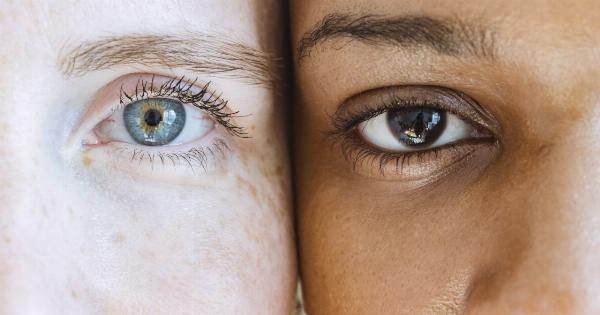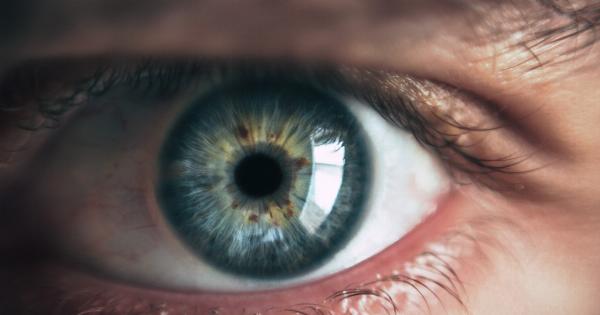Colored contact lenses have gained immense popularity in recent years. They are not only used for vision correction but also as a fashion statement, enhancing or completely changing the natural eye color.
While they may seem harmless and fun, it is essential to understand the potential risks associated with wearing colored contact lenses.
1. Improper hygiene practices
One of the most significant risks of wearing colored contact lenses is the improper hygiene practices associated with their use.
Many people fail to adhere to the necessary cleaning, disinfecting, and storage practices, which can lead to various eye infections. Failure to clean the lenses properly can result in the accumulation of harmful bacteria and debris on the lens surface.
2. Eye infections
Due to inadequate hygiene practices, wearing colored contact lenses increases the risk of eye infections. Bacterial, fungal, and viral infections can occur if the lenses are not cleaned, disinfected, and stored correctly.
Eye infections can cause redness, discomfort, watery eyes, and even vision impairment if left untreated.
3. Corneal abrasions
Colored contact lenses that do not fit properly can cause corneal abrasions. If the lens is too tight or rubs against the cornea, it can lead to scratches on the surface of the eye.
Corneal abrasions can be extremely painful, and if not treated promptly, they can develop into more severe complications.
4. Dry eyes
Wearing colored contact lenses can exacerbate dry eye symptoms. The lenses can reduce natural tear production and cause discomfort, itching, and a gritty sensation in the eyes.
Prolonged use of lenses without giving the eyes sufficient rest can lead to chronic dry eye syndrome.
5. Allergic reactions
Some individuals may develop allergic reactions to the materials used in colored contact lenses. Allergic reactions can manifest as itching, redness, swelling, and discharge from the eyes.
It is important to consult an eye care professional for allergy testing before using colored contact lenses.
6. Corneal ulcers
Colored contact lenses can increase the risk of corneal ulcers, which are open sores on the cornea.
Improper cleaning, prolonged wear, and unhygienic usage can create an environment conducive to the growth of bacteria and fungi, leading to the development of corneal ulcers. These ulcers can be painful and may require intensive treatment, including antibiotics and topical medications.
7. Vision problems
Wearing colored contact lenses without a proper prescription can result in vision problems.
Ill-fitting lenses, incorrect power, or lenses that are not adequately centered over the cornea can cause blurred vision, distorted vision, and difficulty focusing. It is essential to consult an eye care professional to determine the appropriate lens power and fit for your eyes.
8. Contact lens-induced papillary conjunctivitis (CLPC)
CLPC is an inflammatory condition that affects the conjunctiva, the thin protective membrane covering the front surface of the eye.
Extended wear of colored contact lenses can cause mechanical irritation and build-up of proteins on the lens surface, leading to CLPC. Symptoms may include redness, itching, swelling of the conjunctiva, and discomfort.
9. Loss of natural eye protection
Colored contact lenses, particularly those enhancing light-colored eyes, may reduce the eyes’ natural protection against harmful UV rays.
This can increase the risk of developing conditions like cataracts, macular degeneration, and photokeratitis (sunburn of the eye). It is crucial to opt for colored lenses with built-in UV protection or wear UV-blocking sunglasses in conjunction with lenses.
10. Legal concerns
Lastly, it is important to note the legal concerns associated with the sale and use of colored contact lenses.
In many countries, colored contact lenses are classified as medical devices and should only be obtained under the supervision of an eye care professional. Purchasing lenses without a valid prescription or from unauthorized sources can lead to legal consequences.
Conclusion
While colored contact lenses can be a fun and exciting way to change your eye color, it is crucial to prioritize your eye health and safety.
To minimize the risks associated with wearing colored contact lenses, ensure proper hygiene practices, seek professional guidance, and follow the prescribed instructions diligently. It is always better to consult an eye care professional who can help you choose the right colored lenses and guide you on their safe usage.































